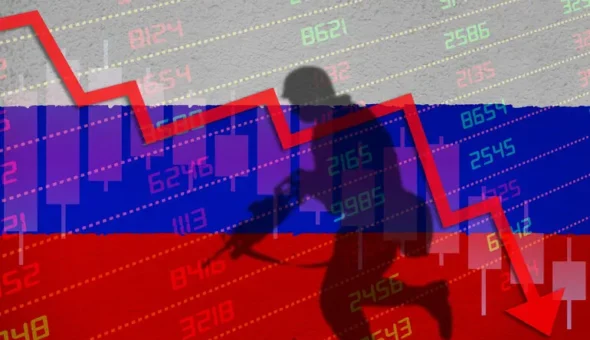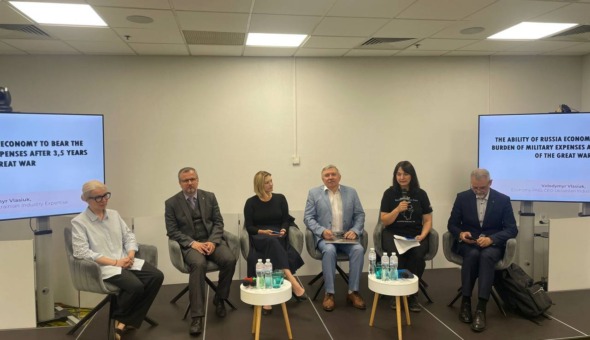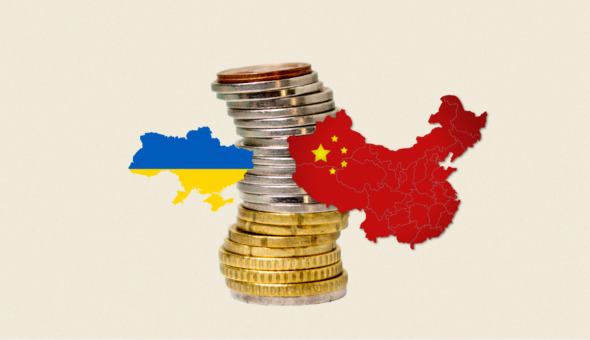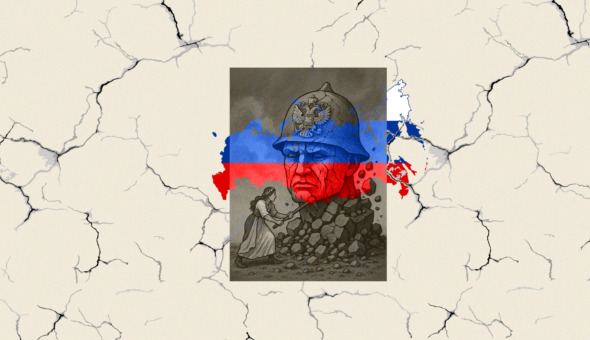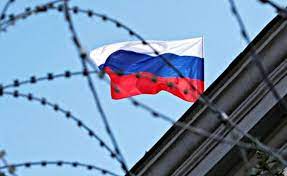
Conclusion: The economic situation in russia and the relatively low level of inflation do not provide grounds for predicting a significant level of protest movements in russia against putler’s policy, and in particular against the conduct of war. The opening of an effective Second Economic Front by the Western powers should deprive russia of resources for the continuation of the war.
ANTS experts within the framework of the project “Russian Assets As the Source to Restore the Ukrainian Economy” with the support of the National Democratic Institute (NDI) conduct expert and analytical studies on the effectiveness of the introduced sanctions.
The analyst of the project, Doctor of Economics, Professor Lidia Lisovska believes that Russia is compensating for the decline of its economy due to the imposed sanctions by increasing budget funding and increasing the production of its military-industrial complex. The second economic front, with a complete trade embargo and blocking the possibility of bypassing sanctions through “third” countries, should eliminate the aggressor country’s ability to access all kinds of resources, especially financial and technological, to continue military operations.
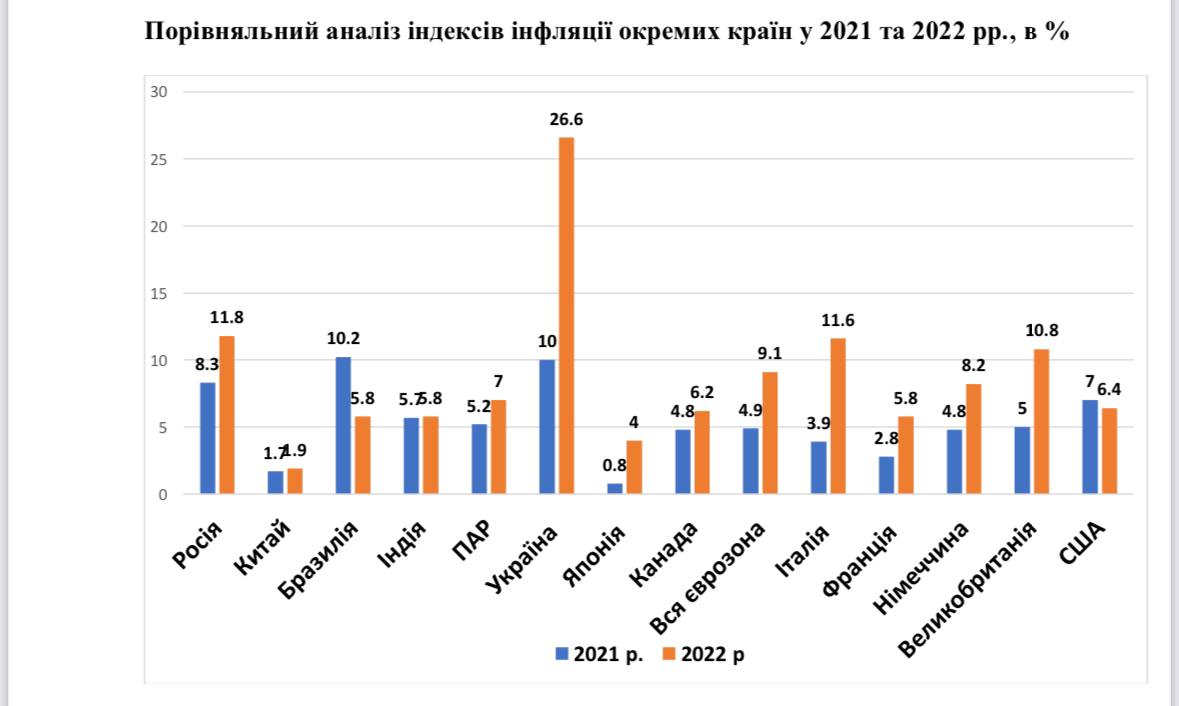
The results of a comparative analysis of the inflation indices of world economies allow us to draw disappointing conclusions about the ineffectiveness of the developed system of sanctions against russia. Although the data on russia are taken from the report of the Central Bank of the russian federation, which is not trusted, we can see that these data are in line with the trends of the world level of the inflation index.
On the other hand, Ukraine suffered the most from inflation as a result of the full-scale military invasion of russia on the territory of Ukraine: annual inflation for 2022 amounted to 26.6%, which is more than 2.5 times more than in 2021 (10%).
Inflation in both developed and developing countries remained at elevated levels throughout 2022, which was, in particular, a consequence of long-term stimulative policies in the largest economies during the period of the COVID-19 pandemic. The pace of price growth continued to decline in the first half of 2022 and slowed down in the third and fourth quarters of 2022. This is partly due to the dynamics of prices for energy carriers and other raw materials. The slowdown in inflation in the second half of 2022 was also due to a decrease in the complexity of logistics.
Price growth in russia remains moderate and the risks of additional inflationary pressure have significantly decreased. Pro-inflationary risks remain due to the weakening of the ruble amid deteriorating terms of trade, a large budget deficit, and a shrinking workforce amid military mobilization in russia.
After a sharp jump in inflation in russia in April 2022, prices for goods and services fell to 17.8%, and at the end of 2022, annual inflation amounted to 11.9%.
Relatively low inflation does not provide grounds for predicting a significant level of protest movements in russia against putler’s policy, and in particular against the conduct of the war.
The goal of the Second Economic Front: a quick end to the war and the withdrawal of all russian troops from the territory of Ukraine.
The second economic front should be comprehensive, offensive, without weak links and opportunities to circumvent it.
The project “Russian Assets as the Source to Restore the Ukrainian Economy” aims to organize a number of other activities that will contribute to raising public awareness of the importance of confiscating russian assets for restoring the Ukrainian economy.
